Head onto the gravel path with confidence with Komoot
Using komoot's waytypes and surfaces feature, create your own next gravel adventure with confidence
This article was written as part of a four-part series, sponsored by Komoot.
In this, the third in a four-part series about komoot, I will look at komoot's detailed breakdown of surfaces and waytypes during the process of route-creation, and how this can be used to tailor your ride to perfectly match your on- or off-road desires.
For a free regional bundle (worth £8.99) when signing up, simply follow this link to Komoot.com and create your free account today.
In part one, I discussed the merits of komoot's ability to create routes when away from home and how, during my first two-wheeled foray into the picturesque landscape that calls itself Yorkshire, komoot supplied local knowledge via its highlights feature. After a bit of tinkering, komoot and I had carefully curated a world-class route, including a climb that was subsequently, and conveniently, tackled by the elite women's in the UCI road world championships.
In part two, I further elaborated upon the highlights feature by using the app to tap - literally and figuratively - into new routes close to home. Thanks again to komoot highlights, I was able to bypass the usual auto-pilot route choice and find new-to-me roads in an otherwise over-explored area.
For part three, I am going somewhat leftfield, it's a #newbikeday - a new gravel bike day, in fact - and I'm heading off the beaten path, but there are two small obstacles between me and this gravel-cycling endeavour. Firstly, I'm in Bristol, a reasonably new-to-me area in which I've done little by way of off-road exploration, meaning my knowledge of local trails - and their severity - is limited. Secondly, as a primarily road-going cyclist, my bike handling skills are more G Thomas than Gee Atherton. I'll gladly grind a pedal in search of a corner's limits in a midweek crit, but I'd still quite like to bypass having to 'just send it' down a rocky rutted descent, if at all avoidable.
I write this prior to the new bike's inaugural outing, in which I want enough rough stuff to test the bike's gravel prowess, but I wholeheartedly intend on returning home without a broken collarbone. I am therefore hopeful that by using komoot's highlights, paired with its profiles of way-types and surfaces, I can conjure up a course suited to my needs, without the usually-required local insight.
The route
I created my tour partly-blind, metaphorically speaking of course. My aforementioned lack of knowledge of Bristol's local gravel-bike-friendly routes is limited to a single small route. However, having spent 15 minutes browsing the Komoot map, I've come up with a number of highlights I'd like to include and drawn up a route suitable for a keen gravelista.
I've used the desktop version for this particular tour creation, but the same features are available on the komoot app.
I shan't go into endless detail about the highlights I chose to include. If you've read part one and two, you'll be familiar with how that works, and unless you live near Bristol, you'll have little interest in what the affectionately titled 'switchbacks and swoops' actually looks like - if you don't already know.
The most-beneficial feature when creating a mixed-surface tour is komoot's waytypes and surfaces. Both of which are have been useful during previous komoot adventures, but in a route where surface-severity is imperative, they came into their own. Once my chosen route had been plotted into the komoot website, I was furnished with an interactive elevation profile, along with a breakdown of the different waytypes (road, singletrack, cycle path, etc) and surfaces (paved, gravel, tarmac, etc) included throughout the route. Below the elevation profile, these waytypes and surfaces are displayed in line with the profile itself, so it was incredibly easy to see exactly what I would be encountering along the way, where, and for how long each surface and waytype would last.
Pairing this with komoot's highlights and its users' willingness to upload photographs, it's very easy to get a feel for what you'll meet during your tour.
The ride
For a free regional bundle (worth £8.99) when signing up, simply follow this link to Komoot.com and create your free account today.
Having completed the ride, I'm happy to confirm my bike-handling skills didn't let me down, my collarbone remains intact (I'm sure you were worrying for me), and the bike was quite the little trail ripper. But the star of the show, the standout performance, the man of the match was undoubtedly komoot. With my haggard old Garmin Edge 810 playing games, I forewent the option to export to GPX file, and instead chose to route directly from the Komoot app, with my phone in my pocket and a solitary earphone providing turn-by-turn directions.
The guidance was spot-on and the chosen route was a perfect blend of road, path, gravel and singletrack. Thanks to komoot, I was able to create a route that I could fully enjoy without the uncertainty of what's around the next corner. Trusting the upcoming terrain was going to be within the bike's - and my - ability, was reassuring, and the perfectly-timed voice navigation meant I could ride as hard - or as easy - as I wanted, without fear of a missed turn.
As a new permanent resident of Bristol, I will undoubtedly continue to use komoot as I try to familiarise myself with a new city.
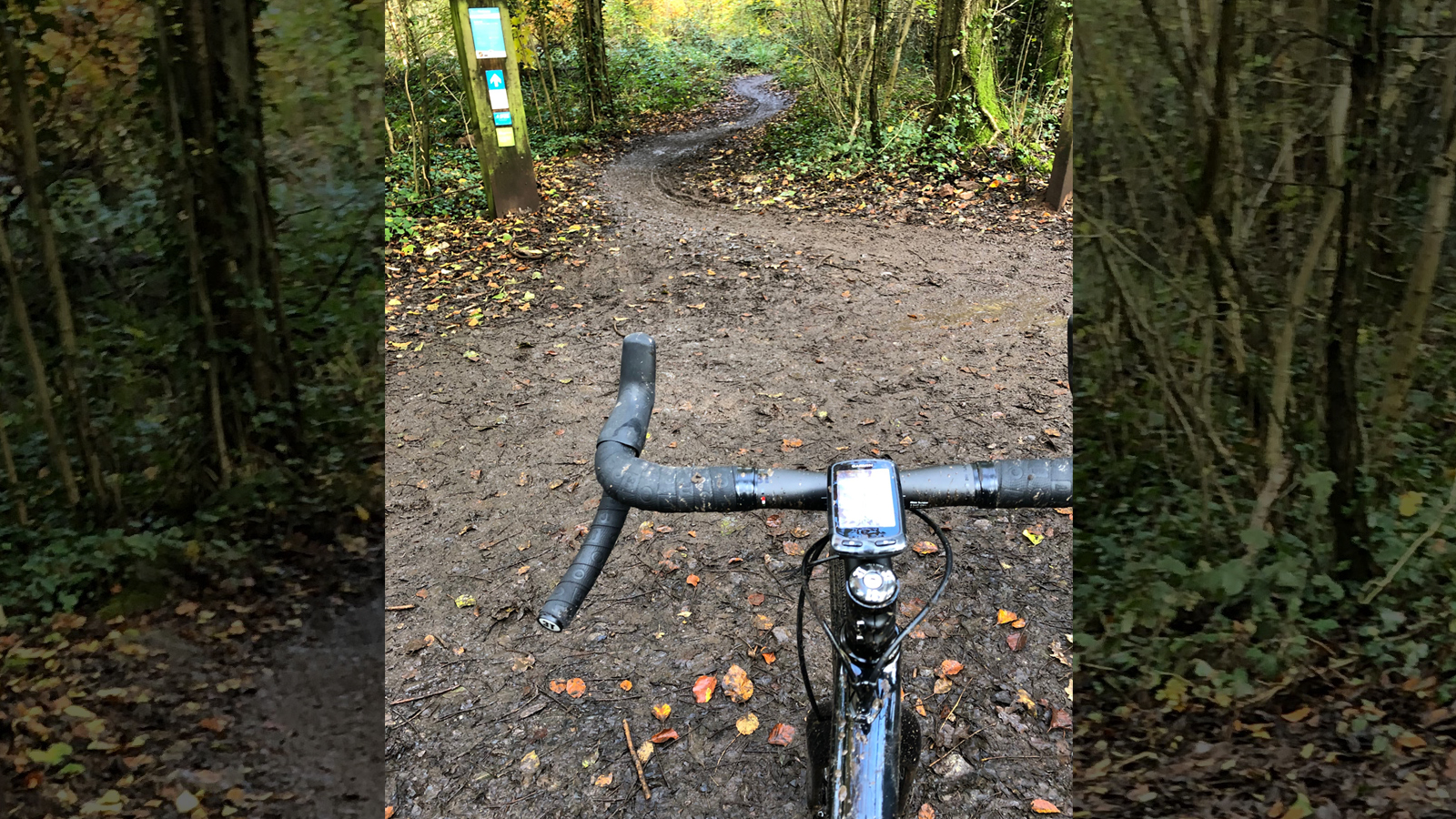
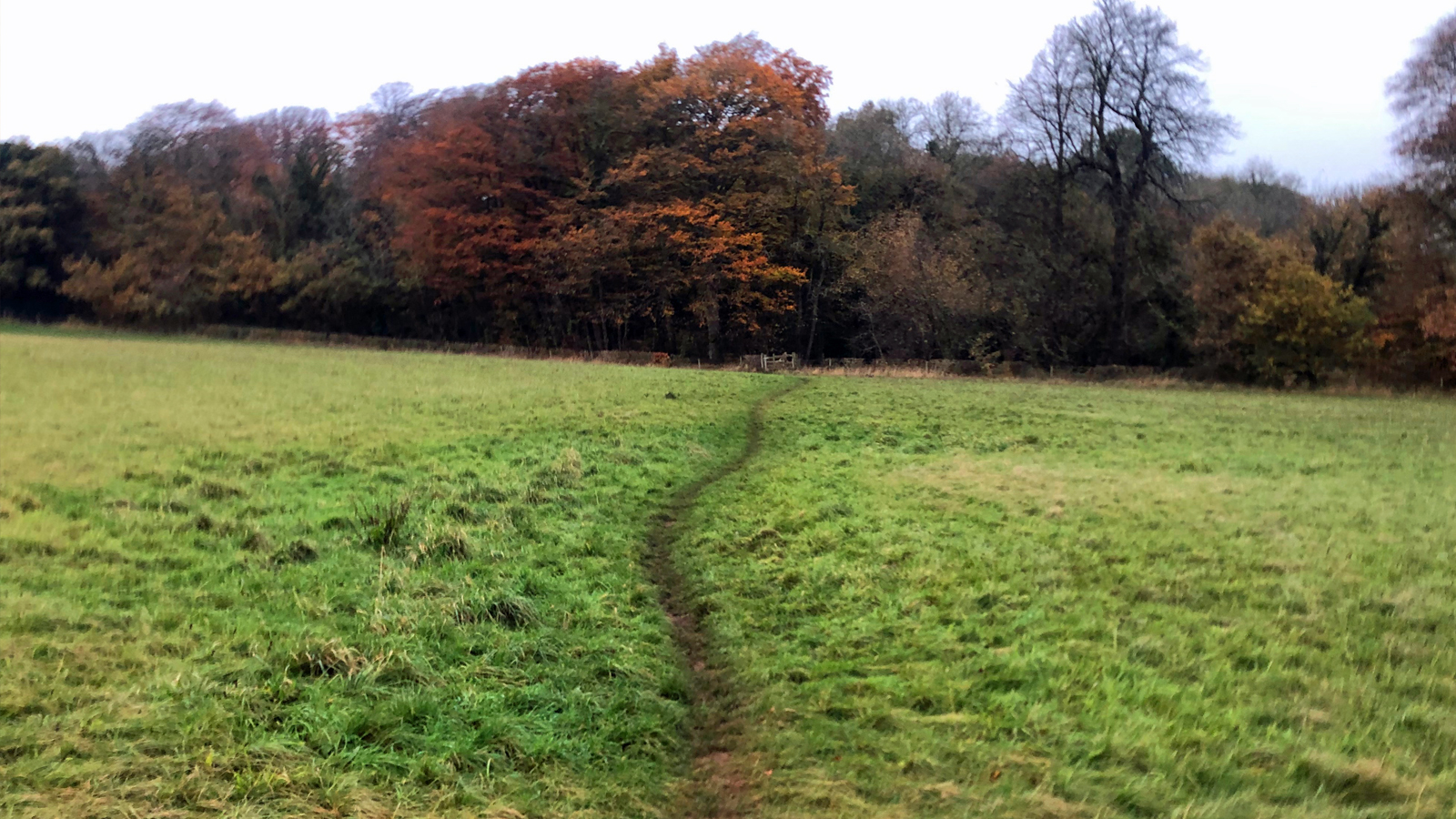
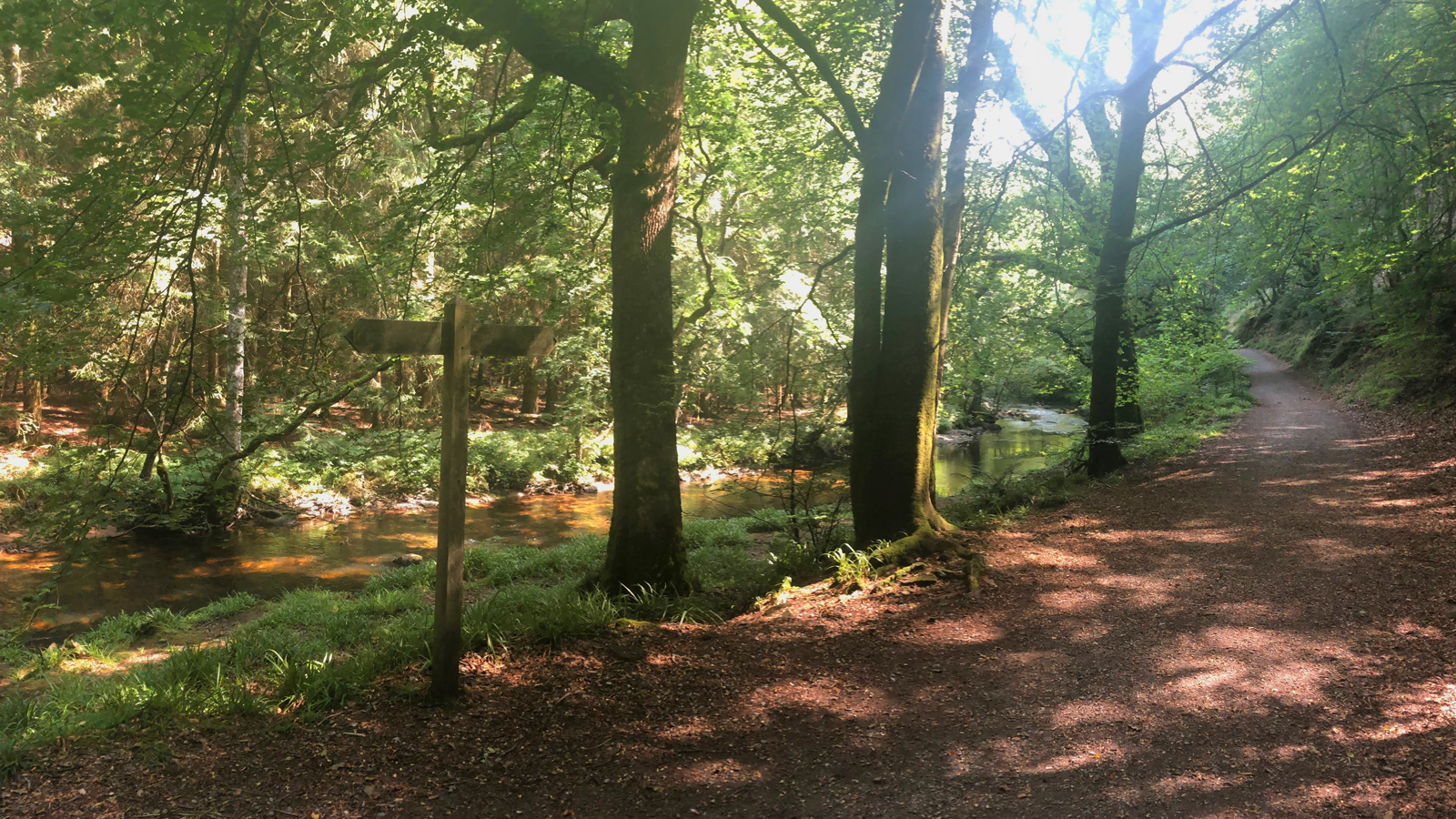
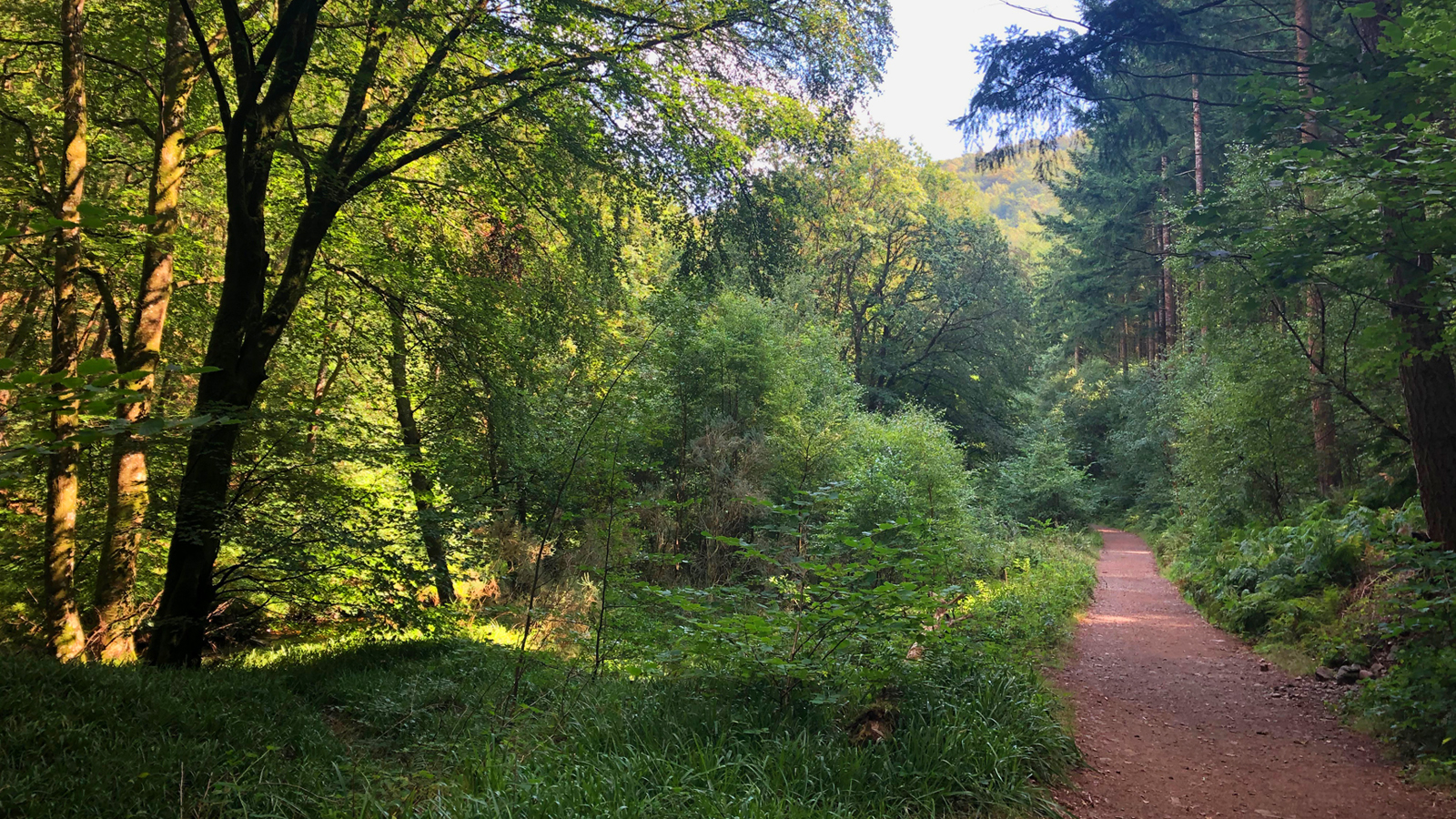
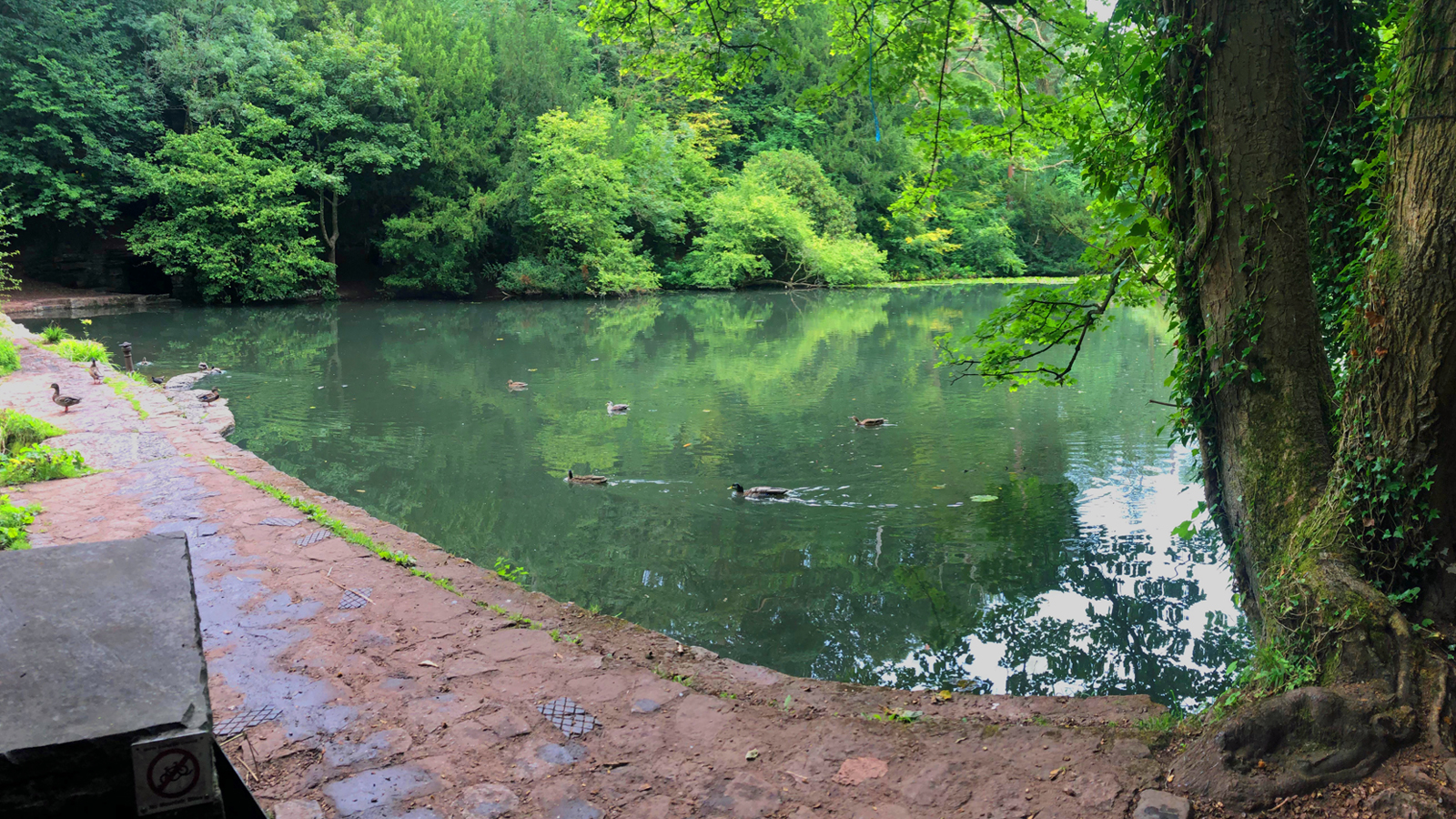
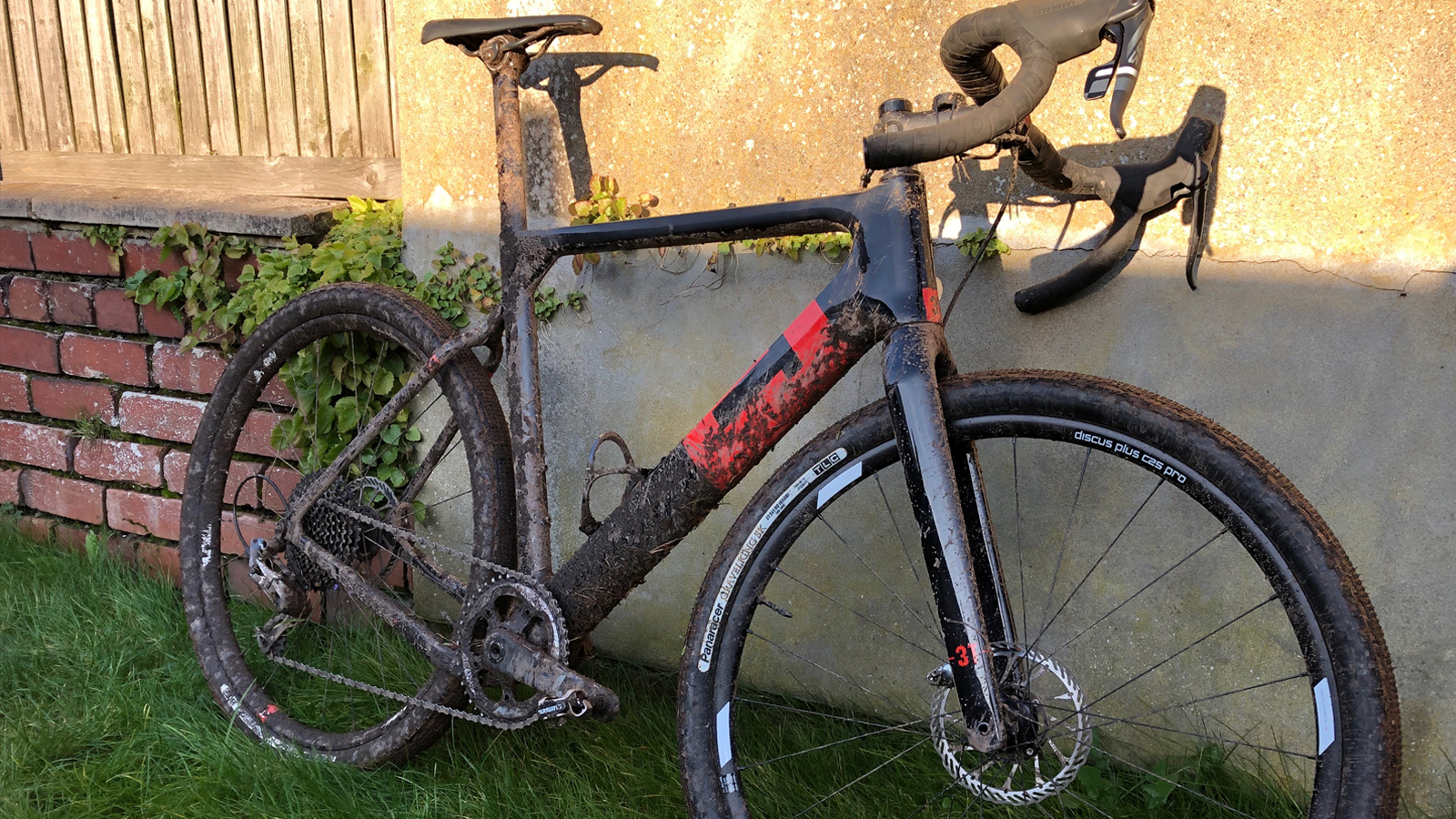
Get The Leadout Newsletter
The latest race content, interviews, features, reviews and expert buying guides, direct to your inbox!

Josh is Associate Editor of Cyclingnews – leading our content on the best bikes, kit and the latest breaking tech stories from the pro peloton. He has been with us since the summer of 2019 and throughout that time he's covered everything from buyer's guides and deals to the latest tech news and reviews.
On the bike, Josh has been riding and racing for over 15 years. He started out racing cross country in his teens back when 26-inch wheels and triple chainsets were still mainstream, but he found favour in road racing in his early 20s, racing at a local and national level for Somerset-based Team Tor 2000. These days he rides indoors for convenience and fitness, and outdoors for fun on road, gravel, 'cross and cross-country bikes, the latter usually with his two dogs in tow.